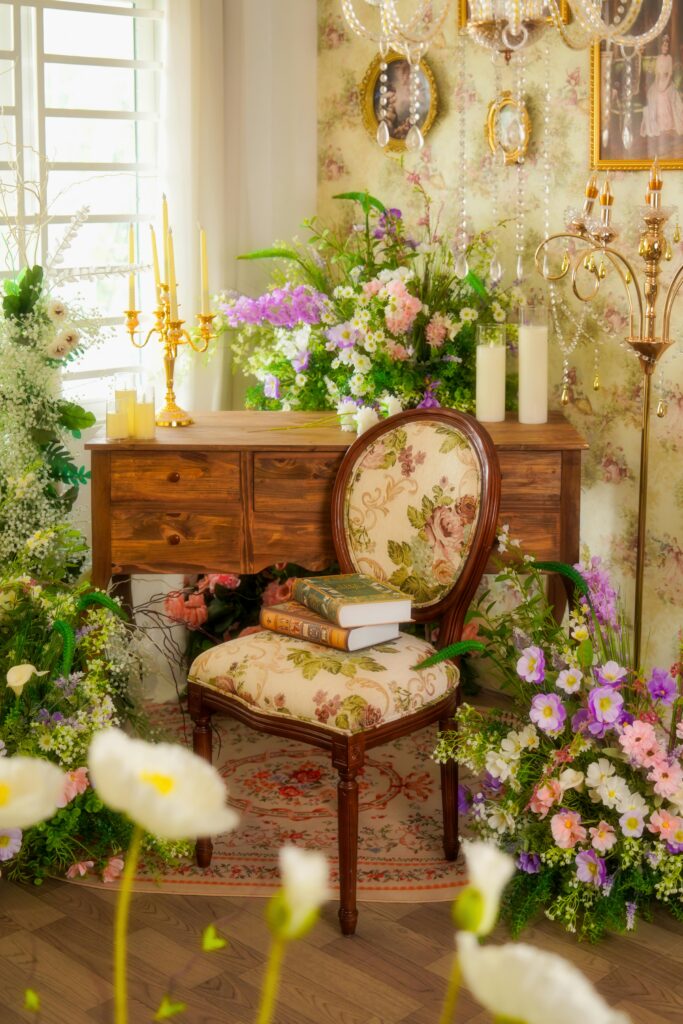Interior design is often seen as a choice between styles: either you lean into sleek, contemporary minimalism or embrace the charm of vintage treasures. But some of the most inspiring living rooms today come from combining both. Blending vintage and modern design elements creates a space that feels layered, personal, and timeless. The key is knowing how to strike the right balance.
Contents
Why Blend Old and New?
Mixing styles brings depth and personality into your home. Modern pieces offer clean lines and functionality, while vintage finds add history, character, and warmth. Together, they prevent a living room from feeling like a showroom or a time capsule. Instead, the space tells a story—a reflection of your past, your present, and your taste.
Start with a Neutral Base
To successfully mix eras, begin with a neutral foundation. White or light gray walls, neutral flooring, and simple window treatments provide a backdrop that highlights both vintage and modern pieces. Think of this as your canvas—clean and understated—so that your furniture and accessories can shine without competing for attention.
Choose a Focal Point
Every living room needs a star. Decide whether a vintage or modern element will take center stage. For example, a bold mid-century modern sofa could anchor the room, complemented by antique side tables. Alternatively, a vintage Persian rug could set the tone, layered under a sleek glass coffee table and modular shelving. Having a focal point helps prevent the space from feeling cluttered or disjointed.
Balance Proportions and Scale
One challenge in mixing styles is that vintage and modern furniture often come in different scales. A bulky antique armoire may overpower a minimalist chair if not carefully balanced. To avoid this, pair pieces that complement each other in size and proportion. A large vintage cabinet, for instance, looks more at home when placed across from a substantial modern sectional rather than delicate seating.
Use Color as the Connector
Color is one of the most effective ways to bring harmony to a mixed-style living room. If you have a vintage wooden coffee table, echo its warm tones in modern throw pillows or artwork. Likewise, a bold contemporary rug can tie together mismatched chairs from different eras. Choose two or three main colors and weave them throughout the room to create cohesion.
Layer Textures for Warmth
Texture bridges the gap between old and new. Modern pieces tend to feature smooth surfaces—metal, glass, polished wood—while vintage items bring in aged patinas, woven textiles, and intricate details. Combining these creates richness and visual interest. For instance, drape a vintage wool throw over a sleek leather sofa, or place a glossy ceramic lamp on a weathered wooden side table.
Incorporate Statement Lighting
Lighting can unify a space that mixes styles. A striking chandelier or mid-century floor lamp serves as a functional centerpiece while blending eras seamlessly. Consider pairing vintage-inspired light fixtures with minimalist furniture, or sleek, modern lighting with ornate vintage seating. The interplay creates balance and anchors the overall design.
Add Personality Through Accessories
Accessories are the easiest way to experiment with blending styles. Vintage artwork, antique mirrors, or family heirlooms add soul to a modern space, while contemporary sculptures or abstract prints bring freshness to a vintage-heavy room. Because accessories are smaller and easier to swap out, they allow you to test different combinations until the mix feels right.
Avoid Overcrowding
When combining two styles, the temptation is to show off every piece you love. But overcrowding can make your living room feel chaotic. Be intentional: let standout items breathe, and don’t be afraid of negative space. Sometimes one well-chosen vintage armchair can have more impact than an entire room full of antiques.
Blending vintage and modern elements is less about following strict rules and more about creating balance. With the right foundation, a clear focal point, and thoughtful use of color and texture, you can curate a living room that feels both fresh and timeless.
The beauty of this approach is that it allows your space to evolve. As you discover new modern pieces or stumble upon vintage treasures, they can be incorporated seamlessly, adding layers to your story. In the end, a home that mixes old and new doesn’t just look timeless—it feels uniquely yours.

